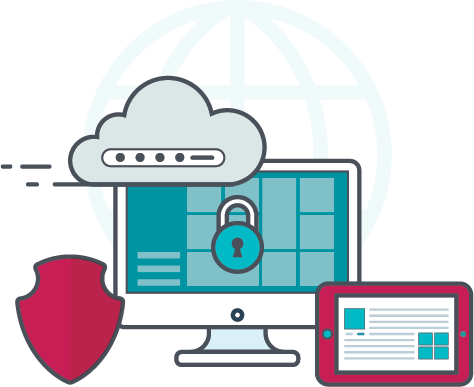ESET Online Scanner for
Redline and META
Deze pagina is ook beschikbaar in het Nederlands
It is important to note that our regular ESET solutions already detect these forms of malware.
It is important to note that our regular ESET solutions already detect these forms of malware.
Supported operating systems:
Microsoft Windows 11/10/8.1/8/7
MacOS, Android and IOS are not supported
Required disk space
350MB (minimum), 400MB (optimum)
Required memory:
500MB
What are infostealers?
Infostealers are malware programs that steal sensitive information from infected devices. They pose a high risk because they are difficult to detect.
Infostealers invade systems to collect data such as login credentials, financial information, personally identifiable information (PII), emails and system information. This information is sent to cybercriminals, who can sell or use it for identity theft, financial fraud and spreading ransomware.
What is Redline and Meta?
Redline Stealer is a popular info stealer sold by cybercriminals through a malware-as-a-service model. This makes it easier for less-technical criminals to steal personal data such as login credentials, financial information and details of various applications. Meta Stealer is alike to Redline and works in a similar way.



mon - fri: 9:00 - 17:30
sat: 12:00 - 17:00

mon - fri: 9:00 - 17:30
sat: 12:00 - 17:00

mon - fri: 9:00 - 17:30